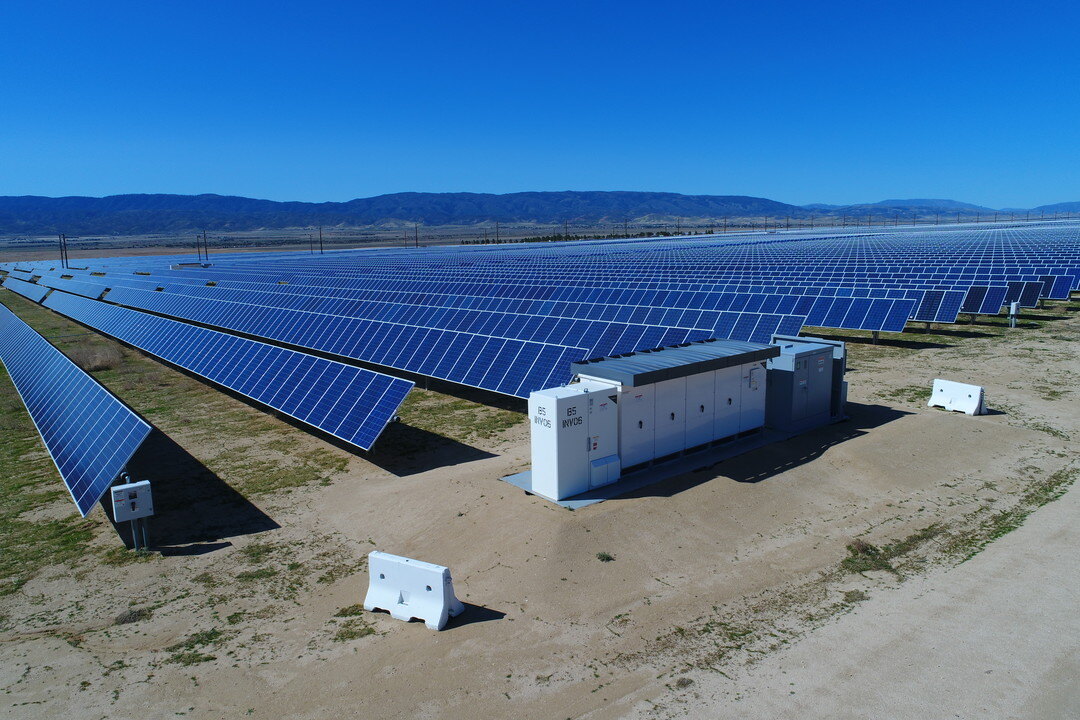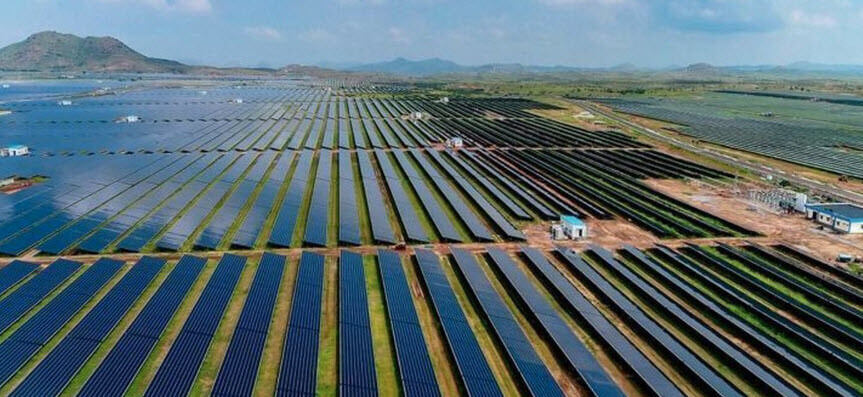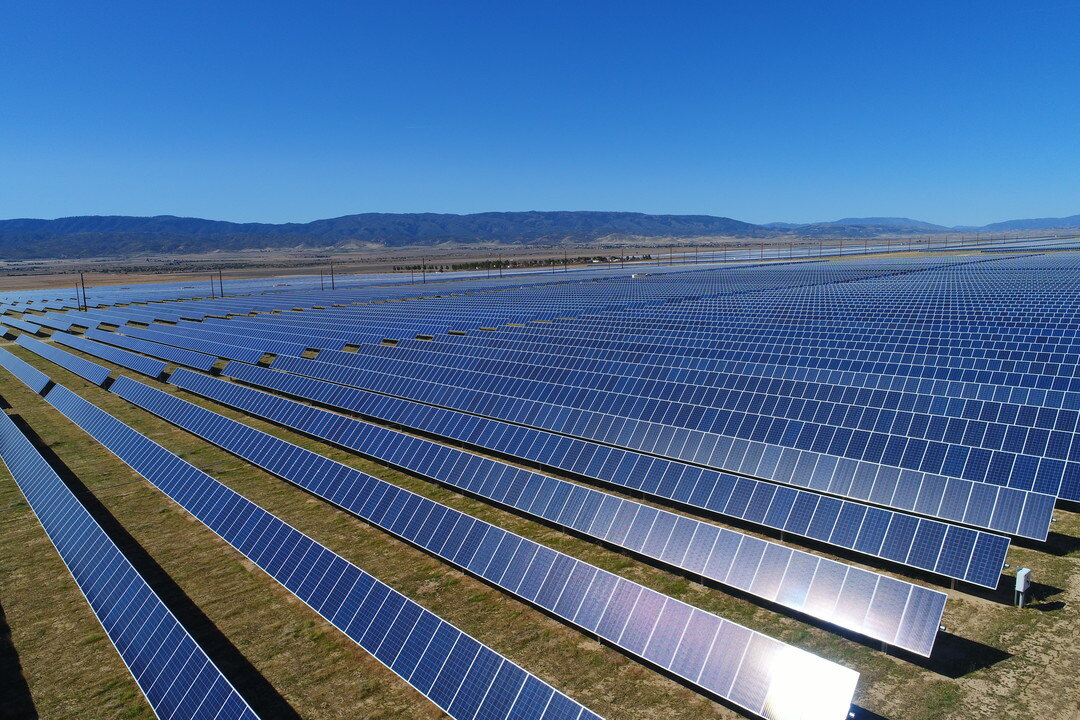The 10 Things You Need to Know to De-risk Solar O&M #1: It’s the Same, but Different
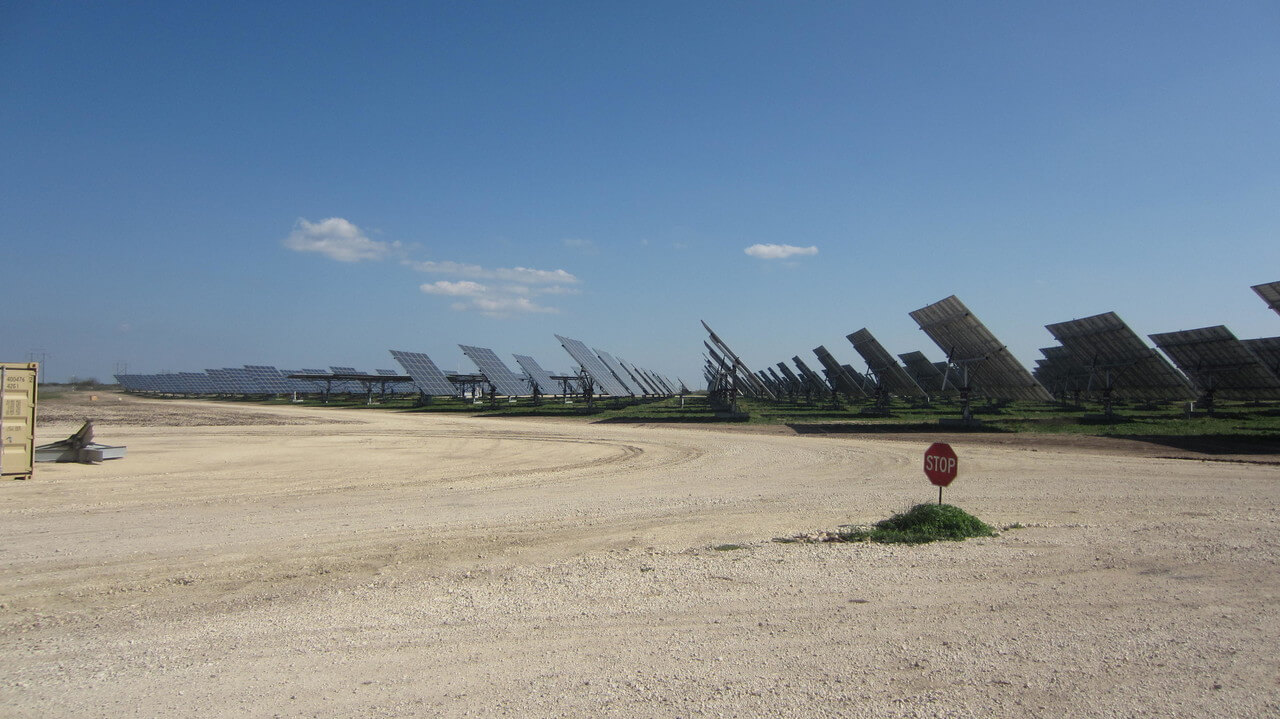
Stay in touch
Subscribe to our newsletter for expert insights, company updates, and the latest in renewable energy management solutions.
Sure, solar O&M is the same as fossil and wind power operations and maintenance in that the asset being maintained makes electricity for sale–but that’s about where the similarities end. The problem is, most solar power owners and operators approach solar O&M with the same organizational structure and delivery model that is used to operate highly complex rotating equipment.
Unlike the fossil and wind power asset class, the solar power generation device cannot be maintained (its hermitically sealed and has no moving parts) and rather than a few electrical generators there may thousands or even millions per site. On top of that, its not presently cost-effective to monitor the performance of individual generators in a large-scale solar power facility. The average gas or wind turbine is instrumented with hundreds of sensors which can alert operators for a variety of different fault conditions. To understand the health of solar electric generators we need to monitor downstream of the modules and troubleshoot at the module level only when we have indication of a downstream problem.
Solar power O&M is primarily an operational efficiency and supply chain optimization play. The primary activity of corrective maintenance for a solar power plant is identifying problems, managing the logistics around fixing them and scheduling cost-effectively truck rolls to resolve them. This requires a very different service delivery model than maintaining a few, highly complex pieces of rotating equipment. A central planning and scheduling team with real-time visibility into the state of the assets, spare parts inventory, qualified field service personnel and their availability is essential.
I would suggest that the solar service delivery model is more dependent on real-time decision-support information than traditional power for achieving project cash flows.
Summary: when building a solar O&M organization of any scale, it is essential to design-in a real-time decision-support software system that equips a central and regional workforce with all the logistics information they need to manage the business. Without that data platform, you will never be able to cost-effectively manage a large solar portfolio.
Steve Hanawalt is co-founder and Executive Vice President of Power Factors LLC

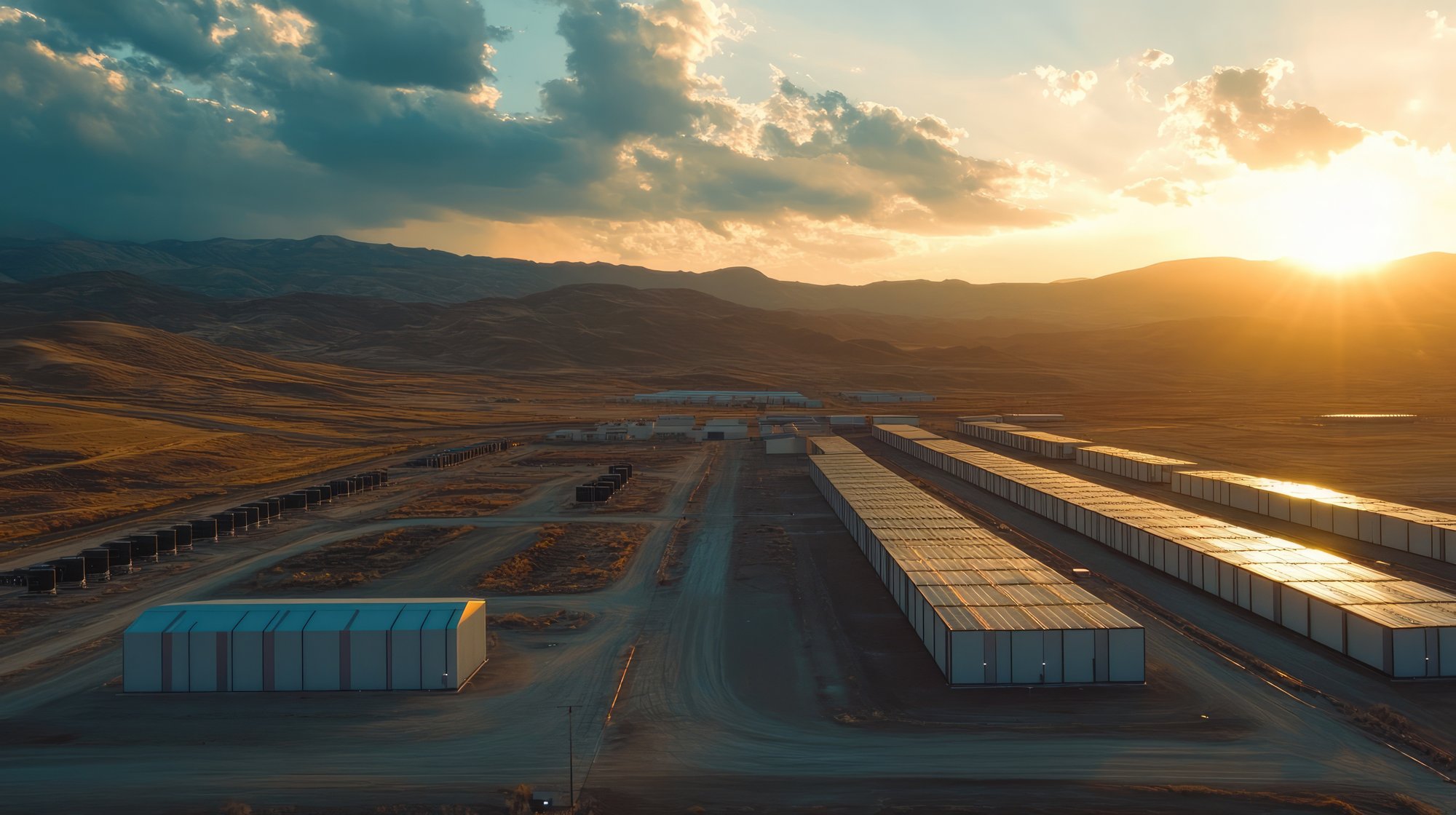
-2.jpeg?width=2000&name=AdobeStock_785443953%20(1)-2.jpeg)
